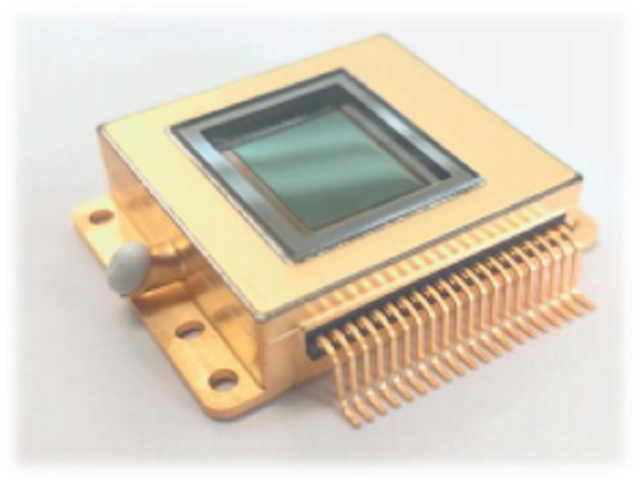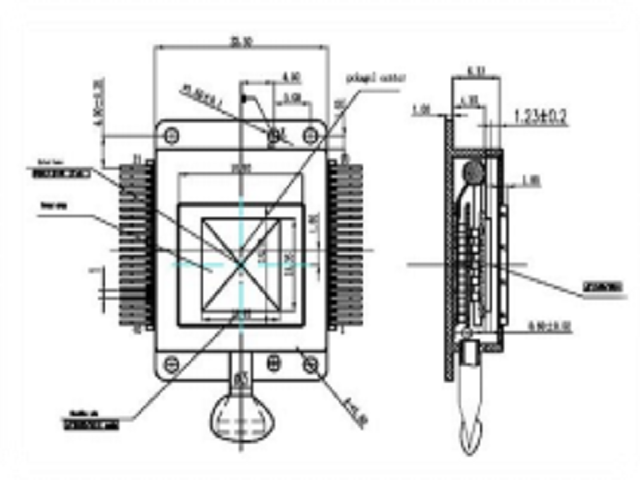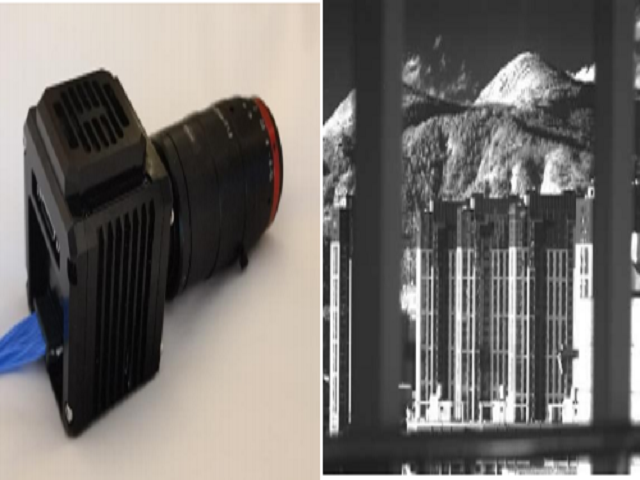Understanding NETD - The Key Metric in Night Vision Technology
WhatsApp/ Wechat: 0086-18291418396

Defining NETD: Noise Equivalent Temperature Difference (NETD) is a measure of a thermal imaging system's ability to detect temperature differences between objects or scenes. Expressed in degrees Celsius (°C) or Kelvin (K), NETD quantifies the minimum temperature difference that can be detected by the system above the level of the inherent electronic noise. In simpler terms, it gauges how effectively a thermal imaging device can distinguish minute temperature variations in the environment.
The Relationship Between NETD and Image Quality: A lower NETD value is indicative of a more sensitive thermal imaging system. A device with a lower NETD can detect smaller temperature differences, resulting in a clearer and more detailed image. Higher NETD values, on the other hand, mean that the device has reduced sensitivity and may struggle to differentiate subtle temperature variations, leading to a less detailed and potentially noisier image.

Factors Influencing NETD: Several factors affect the NETD of a thermal imaging device. Some of the primary contributors include:
Detector Technology: The type and quality of the detector used in the thermal imaging system play a significant role in determining its NETD. Advanced detector technologies often result in lower NETD values and improved image quality.
Optics and Lens Quality: The efficiency of the optical components and the quality of the lens coatings impact the overall performance of the thermal imaging device, including its NETD.
Temperature Stabilization: Maintaining a stable operating temperature is crucial for reducing noise and improving the NETD of a thermal imaging system.
Importance in Night Vision Applications: NETD is particularly critical in night vision applications, as it directly affects the detection and recognition capabilities of thermal imaging cameras. For tasks like surveillance, search and rescue, security, and wildlife observation during low-light conditions, a lower NETD ensures better identification of objects, increased range, and enhanced situational awareness.
Comparing NETD Values: When evaluating different thermal imaging devices, it's essential to compare their NETD values to determine which one offers superior image quality. Always remember that a lower NETD value translates to better performance in challenging environments with minimal temperature differences.

Conclusion: NETD, or Noise Equivalent Temperature Difference, serves as a fundamental metric for assessing the sensitivity and image quality of thermal imaging devices. As a key factor in night vision applications, it plays a crucial role in various fields, from security and surveillance to industrial inspections and outdoor exploration. Ireeda walks you through how knowing NETD can enable you to make an informed decision when choosing thermal imaging equipment, ensuring you have the best tools for visibility in the dark and beyond.
https://www.ireeda-tech.com/product-x.php?id=614
http://www.ireeda-tech.com/product-x.php?id=613
http:///www.ireeda-tech.com/product-x.php?id=611
http://www.ireeda-tech.com/product-x.php?id=615
Of course, ireeda also gives you the best choice. Visit the official website or contact our sales engineers to give you the best choice and the most affordable price!
WhatsApp/ Wechat: 0086-18291418396

